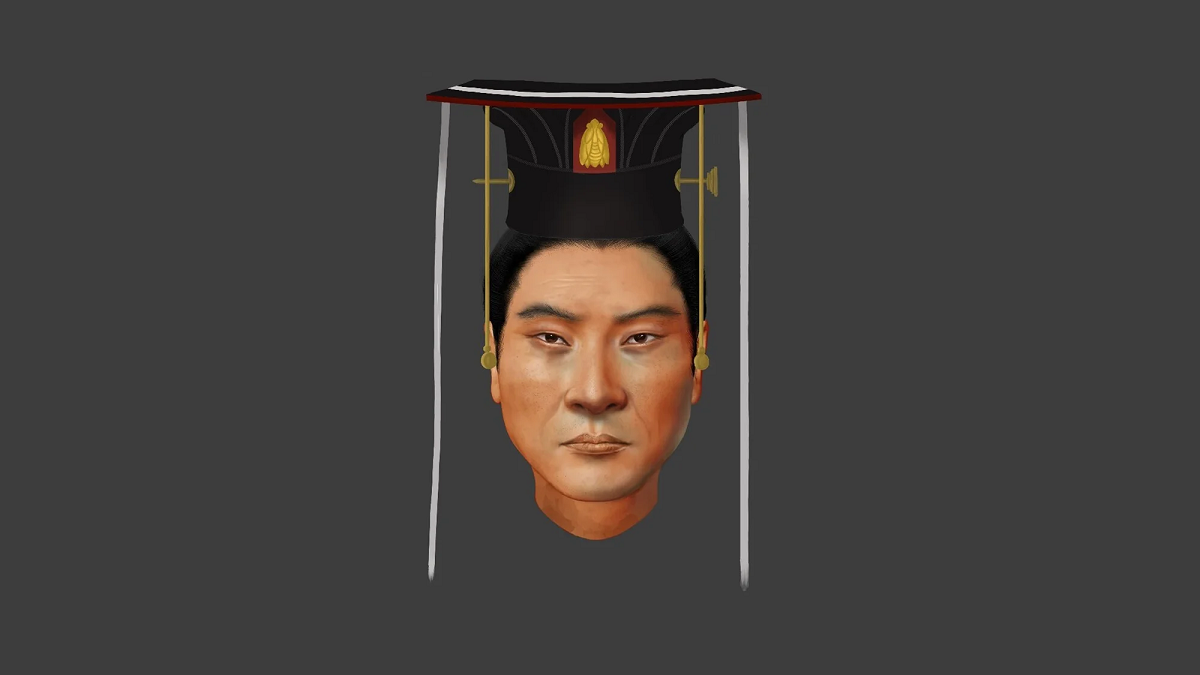MI weekly selection #553

Scientists sketch face of 1,500-year-old Chinese emperor
DNA analysis, an almost complete skull and open-source software have enabled scientists to reconstruct the face of Emperor Wu, who ruled China’s Northern Zhou dynasty around 1,500 years ago and whose remains were found in 1996. Scientists have extracted more than a million single-nucleotide polymorphisms, or differences in single DNA building blocks, that indicate Wu had black hair, brown eyes and “dark to intermediate skin,” according to the study, which also provides insight into migration patterns in ancient China.
Full Story: Popular Science
2 make a pair, 3 make a school of fish
Physicists determined that three is the minimum number of fish required to make a school after observing the swimming patterns of groups of two, three, four and fifty fish. Pairs of fish follow one after another, but once three fish gather, they swim side by side.
Full Story: Physics World
Maternal diet may influence baby’s facial characteristics
Researchers have identified a configuration of genes called mTORC1 that are influenced by a mother’s diet during pregnancy and act to “fine tune” a baby’s facial characteristics. The findings, which involved human embryos, showed that a maternal diet high in protein during pregnancy may influence the child’s facial features such as nose length, cheek shape and jawline.
Full Story: Earth
Melting polar ice could change global timekeeping
Increasing amounts of melting polar ice due to climate change are restraining the overall acceleration of Earth’s rotation and delaying the loss of one second from the previously predicted 2026 to 2029. Leap seconds are occasionally added to keep atomic clocks in sync with the Earth’s rotation, but this timekeeping change will be the first subtraction and will upset many computing systems, scientists say.
Full Story: CNN
Chemical computers tackle quantum math problems
An unconventional chemical computer that uses color-changing Belousov-Zhabotinsky reactions to encode data could compete with quantum computers to decrypt messages. Chemists built a row and a grid of interconnected wells where they stir emergent chemical behavior in a bid to solve math problems using quadratic unconstrained binary optimization.
Full Story: Chemistry World